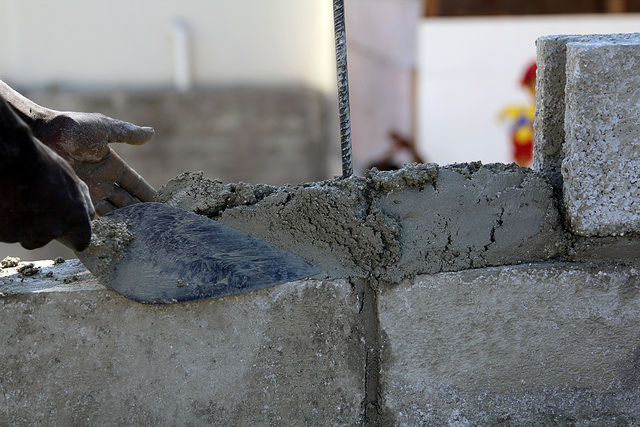The Rapid Prototype Model of Drafting
 (Image credit: Imagebase.net)
(Image credit: Imagebase.net)
When most people think of “editing,” they think of reclining on the couch with a printout, red pen in hand, making tiny, gentle corrections in the space of an afternoon. Probably followed by a cookie and a well-earned nap.
With a novel-length work, though, editing is a complicated slog. You take out extraneous words, and collapse chapters. You add words where they’re lacking, and split chapters. You say, “holy crap, this character would NEVER do/say that!” You rediscover plot details you totally meant to weave into the larger work, but never did.
Whatever changes you make, you have to ensure everything preceding and following is consistent. For instance, if I decide my character doesn’t curse after all, I have to review all of her dialogue, across hundreds of pages, to take out every errant naughty word.
These changes snowball until the chapters toward the end have no relation to the chapters you’ve already gone over. They might as well be from another book, or alternate plane of existence. With the entire back third of my novel in progress, I haven’t been editing- I’ve been writing from scratch! (It’s for the best, trust me.)
I’m still mostly adhering to my one chapter a week “editing” schedule, though. How? Here’s my process:
- Outline the chapter at a very high level- the scenes it will contain and the big events that will happen. (ex. Vlad the Decimator reaches the Hall of Math, saves it from destruction.)
- Write a terse draft. Expand/collapse the outline at will- anything goes- but I only let myself work on this draft for a few days. It’s absolutely not richly detailed or nicely worded by the time I’m done. It’s more a suggestion of where I could go with it.
- Get feedback from my spouse. Is this a good approach, or should I try something else? What should there be more/less of? Are the characters’ actions consistent and reasonable for the situation/state of mind they’re in?
- Spend a few days expanding and refining the draft with the suggested changes.
- GOOD ENOUGH. NEXT CHAPTER.
It’s similar to the rapid prototype model of software development, wherein you hack out a rudimentary program to start, then hone it with continual rounds of user testing and feedback. You don’t spend too much time on the prototype, because you don’t know what might get the bum’s rush.
I don’t have time for zillions of feedback rounds at this point, or making the prose beautiful. I’m more concerned with solidifying the big plot and character events. In September, I’ll be working with a professional editor to give the manuscript some real spit-polish.
Is this the way all first-drafting should work? Absolutely not! As with software development, different design methods work best for different situations. I find this method good for:
- Times when you can get fast, reliable feedback
- Times when you’re having trouble figuring out where to be wordy, and where to be concise
- Adhering to a strict schedule
- Short, “easy” pieces (ex. my Daily WTF articles)
How do you prefer to draft when there are time constraints involved? Drop me a line and let me know!